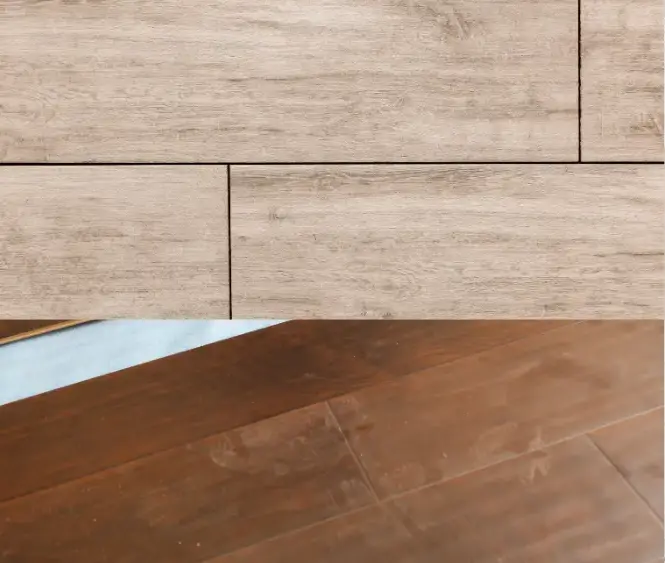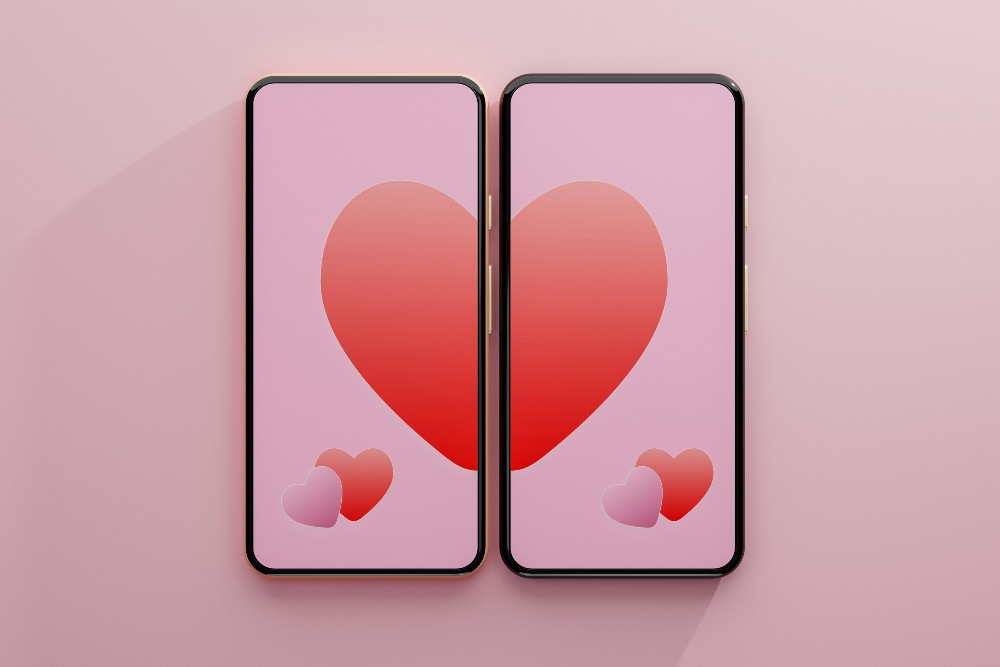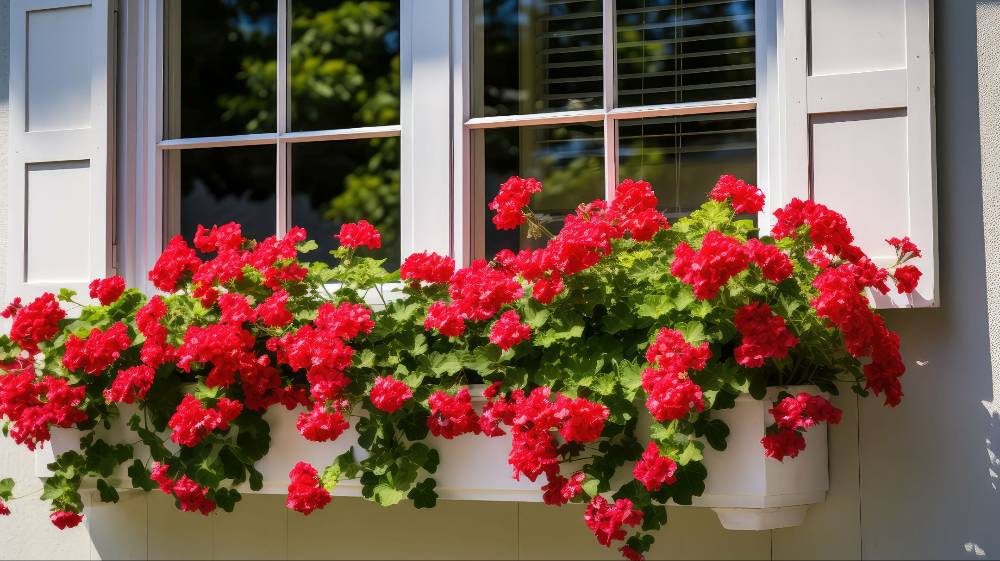When you’re choosing floor material for your new home, you may end up deciding between two very common contenders: vinyl vs. laminate flooring.
As a homeowner, you want the best for your abode, which often starts from the ground up.
Understanding the differences in cost, health impacts, appearance, and more can seem impossible, but a clear comparison will empower you to make an informed choice that best suits your lifestyle and personal taste.
Let’s delve deeper into these two flooring options to help you gauge which one may be the right fit for your home.
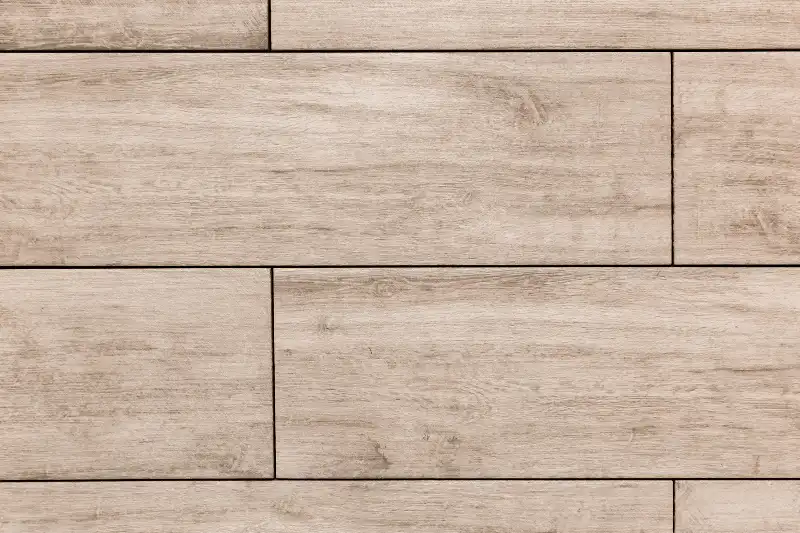
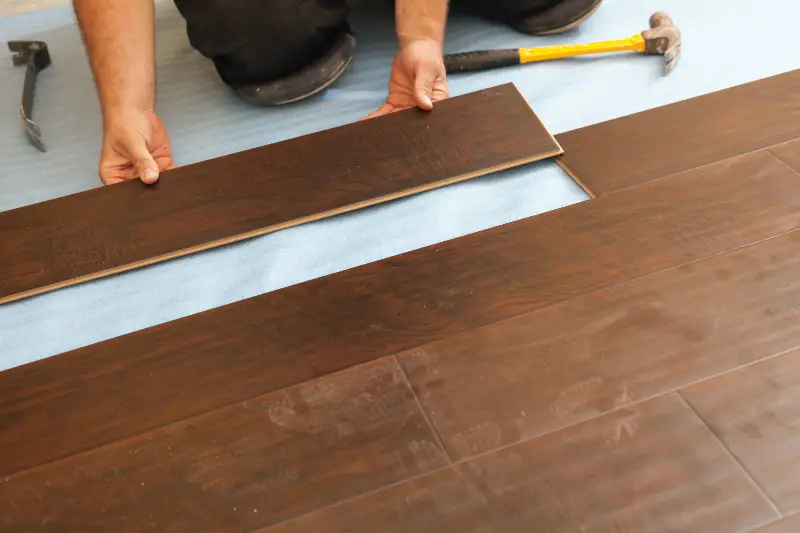
1. Cost
When it comes to home improvements, budget plays a big role. Vinyl flooring is generally more affordable, ranging from the low-end peel-and-stick versions to higher-end luxury vinyl planks (LVP) and tiles (LVT).
A standard vinyl floor can cost from $1 to $5 per square foot, while luxury versions may run from $2 to $7 per square foot, not including installation.
Laminate flooring is also budget-friendly, with costs averaging from about $1 to $3 per square foot for basic options, and up to $5 to $8 for premium lines.
Keep in mind that while laminate is often more affordable up-front, it might not be as cost-effective in the long run due to potentially higher maintenance and replacement costs.
2. Healthy to People live in – Environmental Impact
Flooring isn’t just about aesthetic and cost; it’s also about the health of the inhabitants and the environment.
Vinyl flooring can release volatile organic compounds (VOCs) due to its PVC composition, especially when new. Many manufacturers are now offering low-VOC vinyl options to combat this issue.
Laminate flooring, made of compressed wood particles, resin, and a photographic image layer, is also a concern for VOC emissions, particularly formaldehyde.
As with vinyl, there are greener laminate options available that meet stringent environmental standards, like those certified by the GREENGUARD Environmental Institute. It’s worth considering products certified to ensure better indoor air quality in your home.
Both vinyl and laminate can be considered less green than natural wood or bamboo floors, simply because they are not as easily biodegradable or sourced from renewable resources.
3. Appearance
Visual appeal is an area where both vinyl and laminate shine. Advances in technology have allowed both flooring types to closely mimic the look of hardwood, stone, and ceramic tile.
Laminate typically has a slight edge in the aesthetics department due to its deeper embossing and higher-quality image layer, which can produce a look that’s more realistic compared to the authentic materials.
It also tends to have the feel and texture similar to real wood due to its thickness and manufacturing process.
Vinyl, particularly the luxury versions, also offers a wide array of designs, colors, and patterns that can suit various styles and preferences.
The printed layer can achieve a look that’s nearly indistinguishable from real wood, stone, or ceramic tiles, with the added benefit of often being softer and warmer underfoot.
4. Underfoot Comfort
Underfoot comfort is essential, especially in areas where you’ll spend a lot of time standing.
Vinyl flooring has a reputation for being soft and warm to the touch, due to its composition and the inclusion of a foam or felt backing. It provides a certain amount of ‘give’ that can be easier on your joints.
Laminate floors, on the other hand, feel harder underfoot due to the dense fiberboard core. You can increase its comfort by adding a quality underlayment, which provides a cushioning effect and can also help with sound absorption.
5. Care and Cleaning
The ease of cleaning and maintenance is often a top priority for homeowners. Vinyl flooring wins points in this category due to its superior resistance to spills and moisture.
You can clean it easily with a mop and a gentle cleaner, and you don’t need to worry about water seeping through and causing damage.
Laminate flooring also offers a relatively hassle-free maintenance routine. It’s resistant to stains and can be cleaned with a broom, vacuum, or slightly damp mop. However, it’s more susceptible to moisture damage, so you have to be careful not to allow water to stand on its surface.
6. Repair and Maintenance
So what happens when your floor gets damaged? Laminate might give you a tough time since it can’t be sanded down or refinished.
If a section of your laminate floor is damaged, you’ll have to replace the planks altogether. On the flip side, laminate’s wear layer does offer some resistance against minor scratches and dents.
Vinyl flooring can be more forgiving when it comes to repairs. Depending on the type of vinyl you have, individual planks or tiles can often be replaced without too much hassle.
In comparison, repairing sheet vinyl can be more challenging, as it requires cutting out the damaged area and seamlessly patching it, which might not always result in a perfect match.
7. Durability and Lifespan
Any flooring you choose should be able to withstand everyday wear and tear. High-quality laminate can last up to 25 years, especially if it’s well-maintained. Its top wear layer safeguards it from scratches and dents, and its UV resistance keeps it from fading in the sun.
Vinyl flooring is also built to last, with higher-end LVT or LVP options often coming with warranties of 15 years or more. However, it’s more prone to scratches and gouges than laminate – heavy furniture and sharp objects can be hazardous to its surface.
In direct sunlight over long periods, vinyl can fade and, if exposed to extreme temperatures, it can warp or buckle.
8. Installation
Installation is a big part of the flooring process and can affect your budget substantially. DIY enthusiasts might lean towards laminate flooring, as it typically comes in easy-to-install planks with a click-and-lock mechanism.
You can lay it down directly over most existing floors with a simple underlayment for moisture protection and sound reduction.
Vinyl flooring is equally DIY-friendly, with peel-and-stick, glue-down, or click-and-lock options available. Luxury vinyl tiles and planks are particularly favored for their straightforward installation process.
However, preparing the subfloor correctly is critical to avoid imperfections, as vinyl will reveal dips and bumps more easily than laminate.
9. Pet-Friendliness
For those with pets, the choice of flooring can be crucial. Vinyl is a strong contender in this area because it stands up well to the wear and tear pets can cause. Its scratch resistance varies depending upon the quality, but overall, vinyl flooring is less likely to show scratches than laminate.
Furthermore, its resistance to moisture means pet accidents won’t seep into the material, making it more hygienic and easier to clean.
Laminate flooring may also be suitable for homes with pets, particularly the high-quality options that feature a tough wear layer.
However, it’s more susceptible to water damage from spills or pet accidents that aren’t cleaned up quickly, which could lead to warping or staining over time. Both flooring options have textured surfaces available that can help prevent pets from slipping.
10. Water Resistance
Water resistance is a key factor, especially in areas like the kitchen, bathroom, or basement.
Vinyl takes the lead here, as it is inherently water-resistant and can handle moisture and spills without concern for water damage, making it a go-to choice for these humid or spill-prone areas.
Laminate has made strides in water-resistance with newer technologies, but it still falls short of vinyl.
Despite often being advertised as water-resistant, it usually cannot handle prolonged exposure to moisture. If laminate planks become saturated, they can swell and warp, leading to the necessity of replacement.
11. Heat Resistance
Heat resistance is another aspect to consider, particularly if you have underfloor heating system. Vinyl flooring can be sensitive to high temperatures; it may expand or contract when exposed to intense heat over time, which can cause it to warp or buckle.
Laminate flooring performs slightly better under heat, though excessive temperatures can still impact it.
Many laminate floors are compatible with underfloor heating systems when installed correctly, which can be an excellent feature for those looking for extra warmth underfoot.
12. UV Light Resistance
UV light resistance is also important for maintaining the appearance of your floors over the years. Laminate flooring generally has good resistance to sunlight and is less likely to fade than vinyl.
This is because the top layer of laminate includes UV protection, which helps preserve the color and pattern from the effects of prolonged exposure to sunlight.
Vinyl flooring, particularly if it’s not of high quality, can succumb to UV light more readily. Over time, vinyl can fade or discolor if it consistently receives strong sunlight.
13. Stain Resistance
A stain-resistant floor can save you time and stress, especially in a busy household. Both vinyl and laminate flooring offer excellent stain resistance due to their wear layers. Spills can be wiped away easily without leaving a mark, provided they are attended to promptly.
While both types of flooring resist stains, vinyl has a slight edge due to its non-porous nature. This means that substances are less likely to penetrate the surface of the flooring, making cleanup more straightforward.
14. Sound Absorption
Sound absorption can be an important consideration, especially in multi-story homes or apartments. Laminate flooring can be quite noisy underfoot and may produce an echo. This can be mitigated to some extent with a thick underlayment designed for sound absorption.
Vinyl, particularly thicker luxury vinyl planks, or those with an integrated cork underlay, tend to absorb sound better than laminate and can provide a quieter walking surface.
15. Resale Value
If you’re considering the impact on your home’s resale value, laminate and vinyl flooring provide different returns on investment.
Hardwood floors traditionally offer better resale value, but between vinyl and laminate, buyers may prioritize laminate because of its appearance and its semi-rigid nature, which can feel more similar to hardwood underfoot.
However, high-end luxury vinyl flooring has been gaining favor with homeowners and buyers alike due to its durability and versatility, potentially offering a better resale value than it did in the past.
Conclusion
Both options bring a unique set of benefits and limitations that cater to different lifestyle needs, aesthetic preferences, and budget constraints.
Vinyl flooring is highly durable, water-resistant, and pet-friendly, making it an excellent choice for areas prone to moisture or for families with pets. It’s relatively easy to install and maintain, and the cost-effectiveness of higher-end luxury vinyl can often justify the investment due to its long lifespan and aesthetic appeal.
Laminate flooring, with its impressive photographic layer, can create a more authentic wood or stone appearance that enhances the beauty of any space. Its durability, UV resistance, and compatibility with underfloor heating add to its appeal, along with a generally favorable perception among potential buyers, which may boost resale value.
When choosing between vinyl and laminate flooring for your home, weighing these aspects discussed in this comparison may help make a good choice under your home’s specific conditions.

